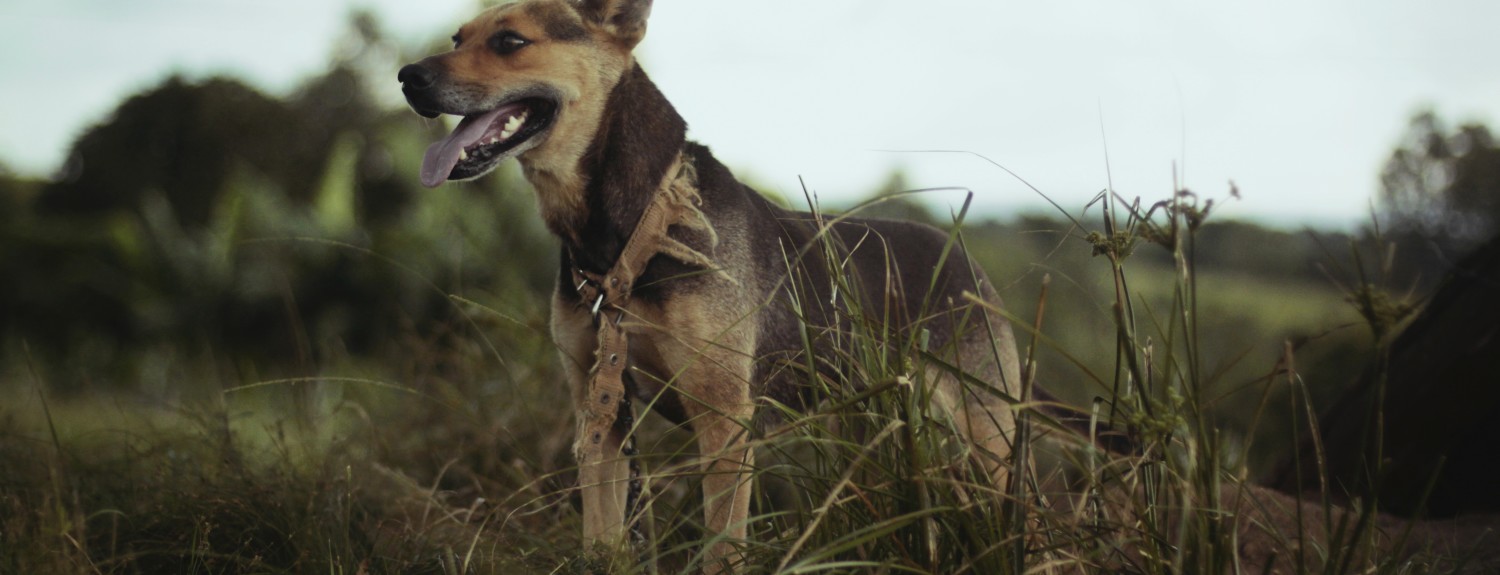Service dogs allow disabled military veterans and civilians to pursue their passions while remaining safe and healthy. For many people, that passion is camping and exploring the great outdoors.
But there are specific rules and risks when taking your dog camping. Keep the following tips in mind when planning your outdoor adventure so that you and your service dog can have fun.
1) Go to a pet-friendly park.
Almost all national and state parks allow dogs, but you can’t always count on it. This is unfortunately true for even service dogs, who are routinely turned away by restaurants, airlines and private campgrounds even though it’s illegal. Choosing a park that accepts pets will save you the hassle of showing all of your paperwork and IDs to suspicious park rangers.
In a camp that prohibits pets, you might have to keep your service dog on duty for the entire trip. If you want to give your dog a chance to unwind right beside you, definitely choose a campground that won’t require your service animal to remain vested at all times.
2) Don’t forget doggie bags.
 Just because you are in the middle of the woods doesn’t mean it’s okay for your dog to poop everywhere. Videographer Alyson Boyer Rode wrote in a blog post for REI that parks have good reason to encourage campers to pick up after their dogs.
Just because you are in the middle of the woods doesn’t mean it’s okay for your dog to poop everywhere. Videographer Alyson Boyer Rode wrote in a blog post for REI that parks have good reason to encourage campers to pick up after their dogs.
Please remember to pick up after your pet. Not only does this keep trails clean, but it helps maintain the park’s ecosystem. Several parks, such as Prince William National Forest in Virginia, even have a strict carry-out policy, meaning any trash brought into the park must be taken out. You will not find any trashcans to throw that bag in.
No trashcans means that you have two options. First, you can bring your own trash bag to store your mounting pile of waste until you can dispose of it later. Second, you can bring small biodegradable bags that you can bury in the woods (with poop inside of course) as an earth-friendly alternative. REI offers the latter in six 12-bag rolls for $8.
3) Bring water and dog food to avoid dehydration, parasites and injuries.
Many campers believe that their dogs can “live off the land” when they go camping by drinking from ponds and eating wildlife. Not only do most parks actively discourage this behavior, but it’s also a bad for your pet’s health.
Dogs that drink from stagnant water like puddles and ponds might ingest parasites and get sick a few weeks later. Foraging and hunting isn’t much better. A dog might get injured chasing an animal, eat something rotten or simply get lost in the wilderness.
Keep clean water with you at all times to share with your dog to prevent dehydration. A good rule of thumb is to give your pet an opportunity to drink whenever you do. This is made easy with collapsible water bowls you can fold up and carry around. You should also feed your dog at the same times as you usually do. Just make sure you don’t leave its food out unattended–dog food might attract wild animals and insects.
4) Make a pet first-aid kit.
In case something does happen to your service dog, bring a small first aid kit to help address the problem right away. Here are a few essentials:
– The name and number of the closest veterinarian.
– Tweezers and pliers for extracting thorns and ticks.
– Booties to protect injured paws.
– A shock blanket.
– A copy of your dog’s vaccination and service animal paperwork.
5) Look out for signs of heat exhaustion.
Humans often suffer from heat injuries because they are pushing themselves too hard in a way their body isn’t used to. This can happen to both you and your dog while leaving your comfort zone to go camping. You can learn more about what causes heat exhaustion and how you can beat it here.
To make sure your service dog isn’t succumbing to heat exhaustion, look for these signs: restlessness, excessive thirst, heavy panting, lethargy, dark tongue, rapid pulse, fever, vomiting, glazed eyes and dizziness.
You can help your dog recover by bringing it to a shady place, placing a cold towel or ice pack on its head and gradually giving it water.




































